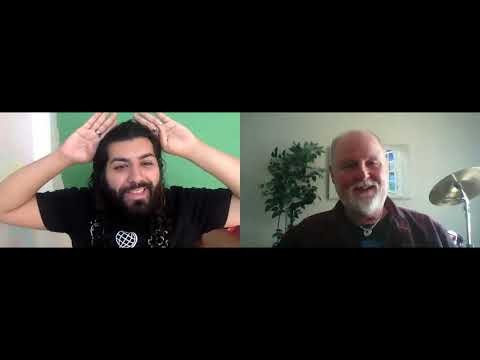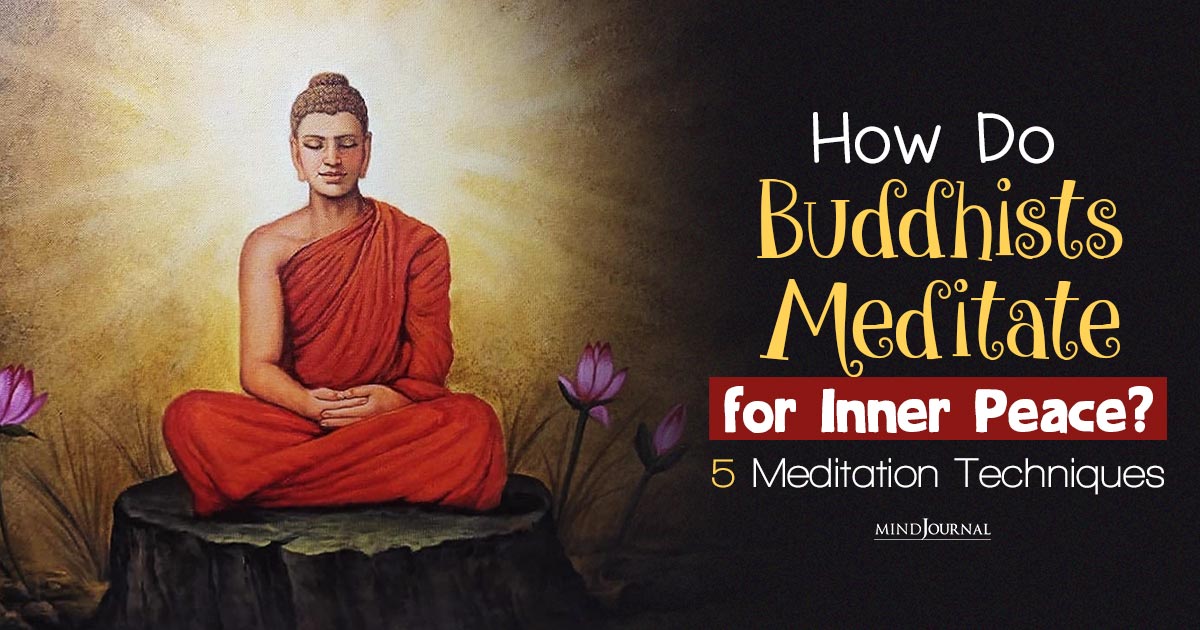The simplest way to describe a bottom–up practice is that it places the body at the center of the healing process. It acknowledges the body as the way “in.” Instead of igniting thoughts or accessing memories, the person will take part in a body-centric method. Some examples of bottom–up movement-based approaches include dance, martial arts, or yoga; some therapies that place the person’s awareness within the body are Somatic Experiencing, IFS (Internal Family Systems), and EMDR (Eye Movement Desensitization and Reprocessing). While I began as a dancer, which was (and continues to be) very important in the expression and liberation of my held trauma, I have discovered that practices such as Reflexology, Reiki, and Cranio-Sacral Therapy are integral in calming and nurturing the central nervous system—the very system disrupted when people experience trauma.
Peter Levine writes, “trauma is not in the event, but in the nervous system.” So, we tend to the nervous system. In my practice, I have found reflexology to be one of the best ways in to be with someone who is struggling with trauma and addiction. But it is not simply the method (the what), it is the HOW; how we are with self and others, how we create a safe space, how we speak and hold space for another person, and how we deliver the reflexology matters greatly.
In this class, we explored what is meant by a bottom–up practice, some components that make up that practice, how it is different from top-down, why we utilize a bottom–up practice, and some techniques for self-care and care for clients.





